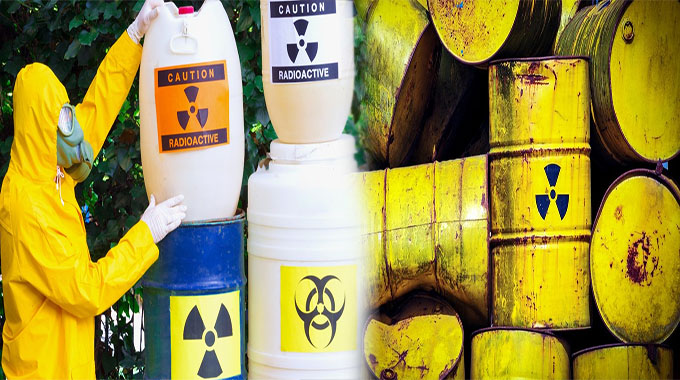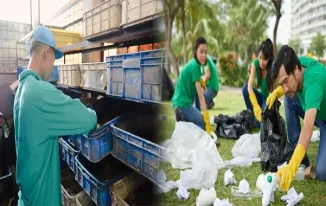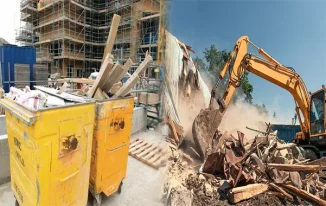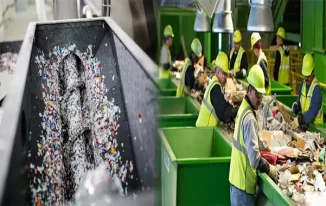Hazardous waste is waste that can cause environmental or health problems if not disposed of properly. In this guide, we’ll go over the different types of hazardous waste and how to manage them safely.
Identify the different types of hazardous waste.
Hazardous waste is a broad category, and can include anything from medicines to leftover paint. Common examples include:
- Paint thinners and solvents
- Used motor oil (from cars, trucks, lawn mowers)
- Antifreeze/coolant from car radiators or air conditioners
If you’re not sure if something is considered hazardous waste or not, check out the EPA website for more information on how to identify various types of hazardous materials. Once you’ve identified what type(s) of hazardous material needs disposal, follow these steps:
- If possible try to reuse or recycle them first–this helps prevent their release into landfills where they could contaminate groundwater supplies or harm wildlife who come into contact with them while scavenging through trash bins looking for food scraps left behind by humans who threw away perfectly good food instead of composting it! If there aren’t any other options available then proceed directly onto step 2 below…
Manage and dispose of hazardous waste safely.
- Keep hazardous waste in a separate container.
- Keep hazardous waste in a secure area, such as a locked cabinet or room, and out of the reach of children and pets.
- Never put hazardous materials down the toilet or drain, even if it says “flushable.” The chemicals in many products will not break down quickly enough to avoid polluting groundwater or causing clogs that could lead to flooding. Instead, use household trash receptacles for disposable products like paper towels; washable items can go into regular laundry loads after being cleaned thoroughly with soap and water (or another cleaner).
Do a thorough inventory.
- Keep a record of the waste you generate.
- What should I do if I can’t keep track of my inventory?
- What happens if I have hazardous waste that I cannot keep track of?
Learn how to properly transport and dispose of your hazardous waste.
Transporting your hazardous waste is a critical step in the process of disposing of it. You need to be sure that you are following all federal and state regulations regarding how to transport your hazardous materials, as well as making sure that the company you choose for this service is properly licensed and insured for transporting hazardous materials.
It’s also important that you understand how to dispose of your hazardous waste safely once it has been collected by a licensed disposal company. For example, there are certain times when special containers or precautions may need to be taken when disposing of certain types of waste; these include:
- Empty cylinders containing compressed gases (such as oxygen) must be vented at all times during transport and storage until they’re ready for disposal or recycling as required by law–otherwise they could explode while being handled!
- Some solvents can cause fires if they come into contact with other chemicals stored together in one container; therefore it’s important not only how we package our items but also where we store them before using them again later down the line so nothing gets mixed up accidentally during cleanup efforts after an accident occurs duelling between two characters fighting over who gets claim rights over those same pieces which were originally stolen from someone else earlier on without permission because he thought nobody would notice anything missing since no one else cared much about keeping track anyway except maybe someone who works here sometimes but mostly just spends time doing random tasks around campus like cleaning floors instead.”
Disposing of hazardous waste is serious business, but you can do it safely by following these steps
As you can see, disposing of hazardous waste is serious business. But if you follow these steps and keep a record of your inventory, transporting the waste safely and disposing of it properly will be much easier.
If you run a business, it’s important to know how to dispose of your hazardous waste safely. This guide will help you identify the different types of hazardous waste and give tips on how to manage them. We also cover transporting your waste so that nothing gets damaged during transit














